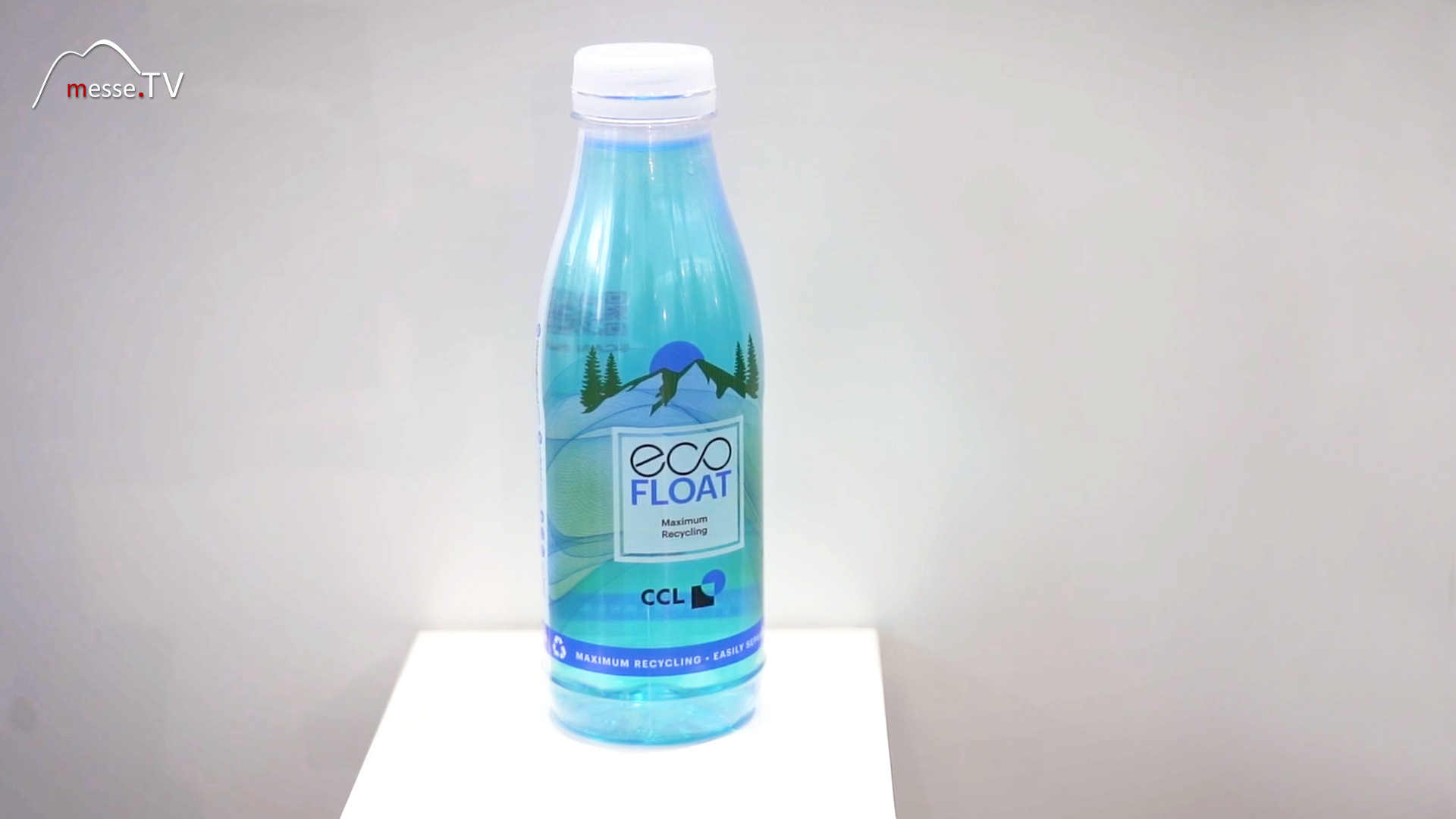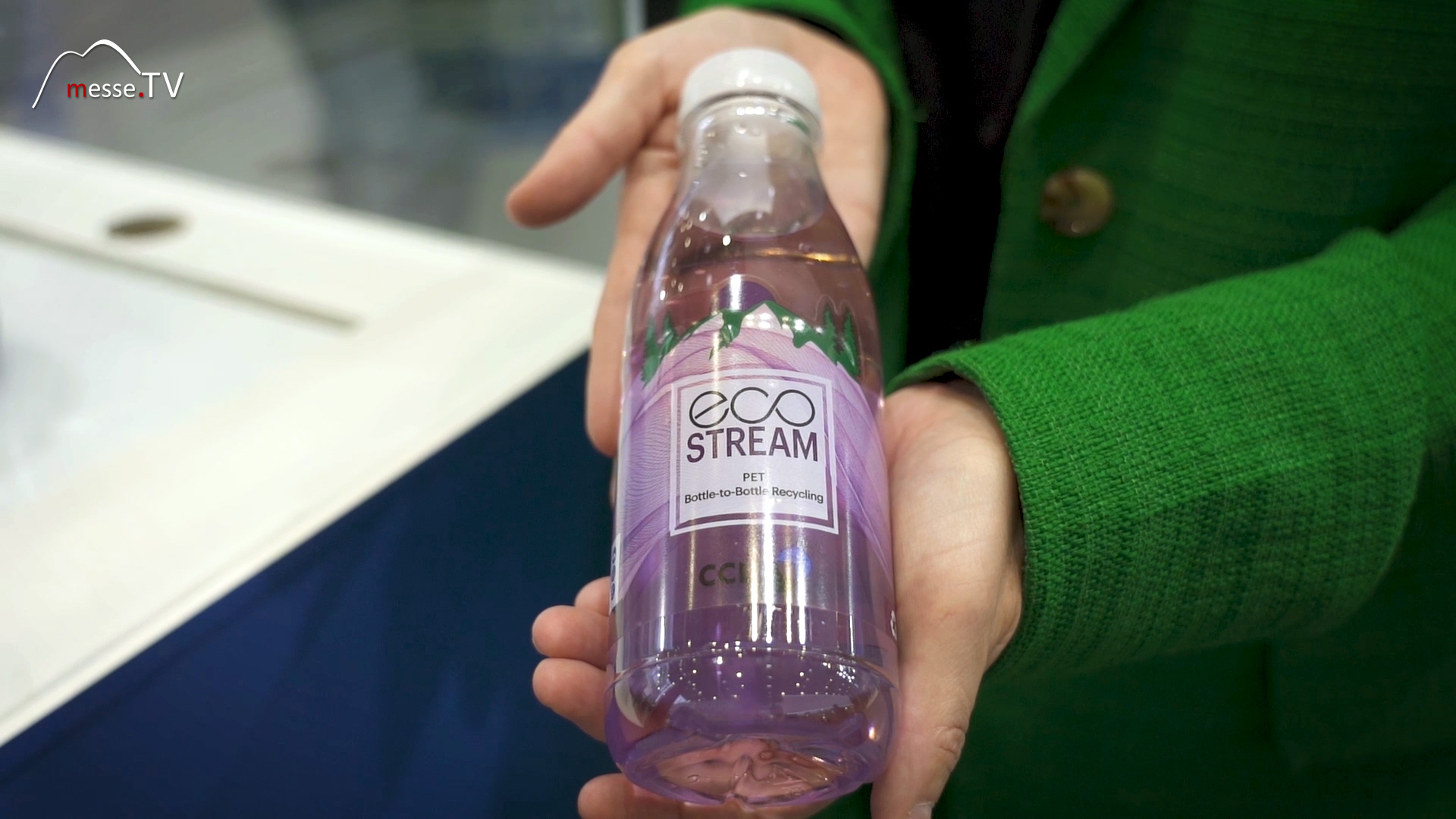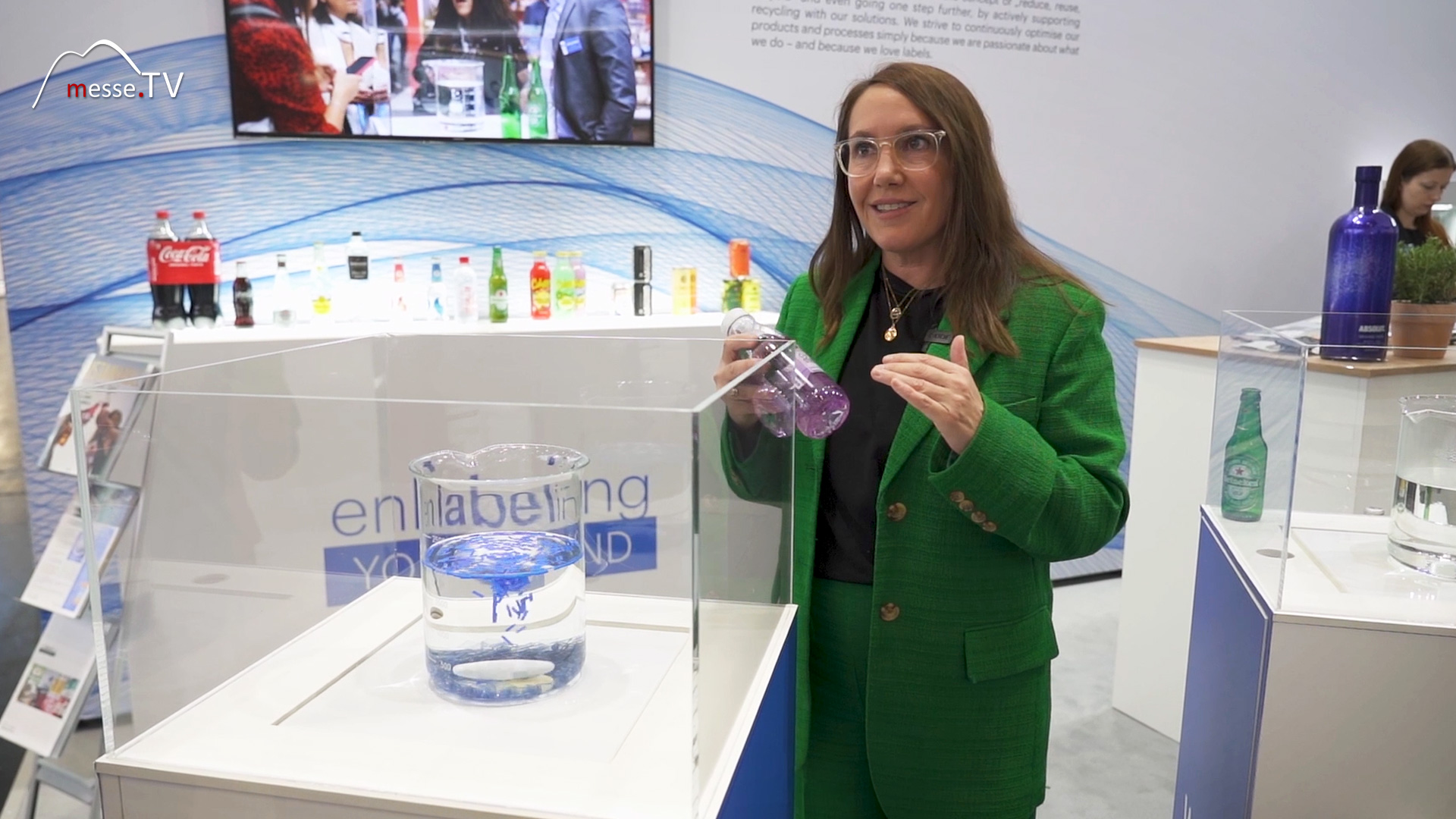At BrauBeviale 2023, Ms. Marika Knorr from CCL Label Food&Beverage will introduce us to sustainable bottle labeling. CCL Label has its European headquarters in Dornbirn in the Austrian state of Vorarlberg. It has been in existence since 1952 and has 200 locations worldwide with 25,000 employees.
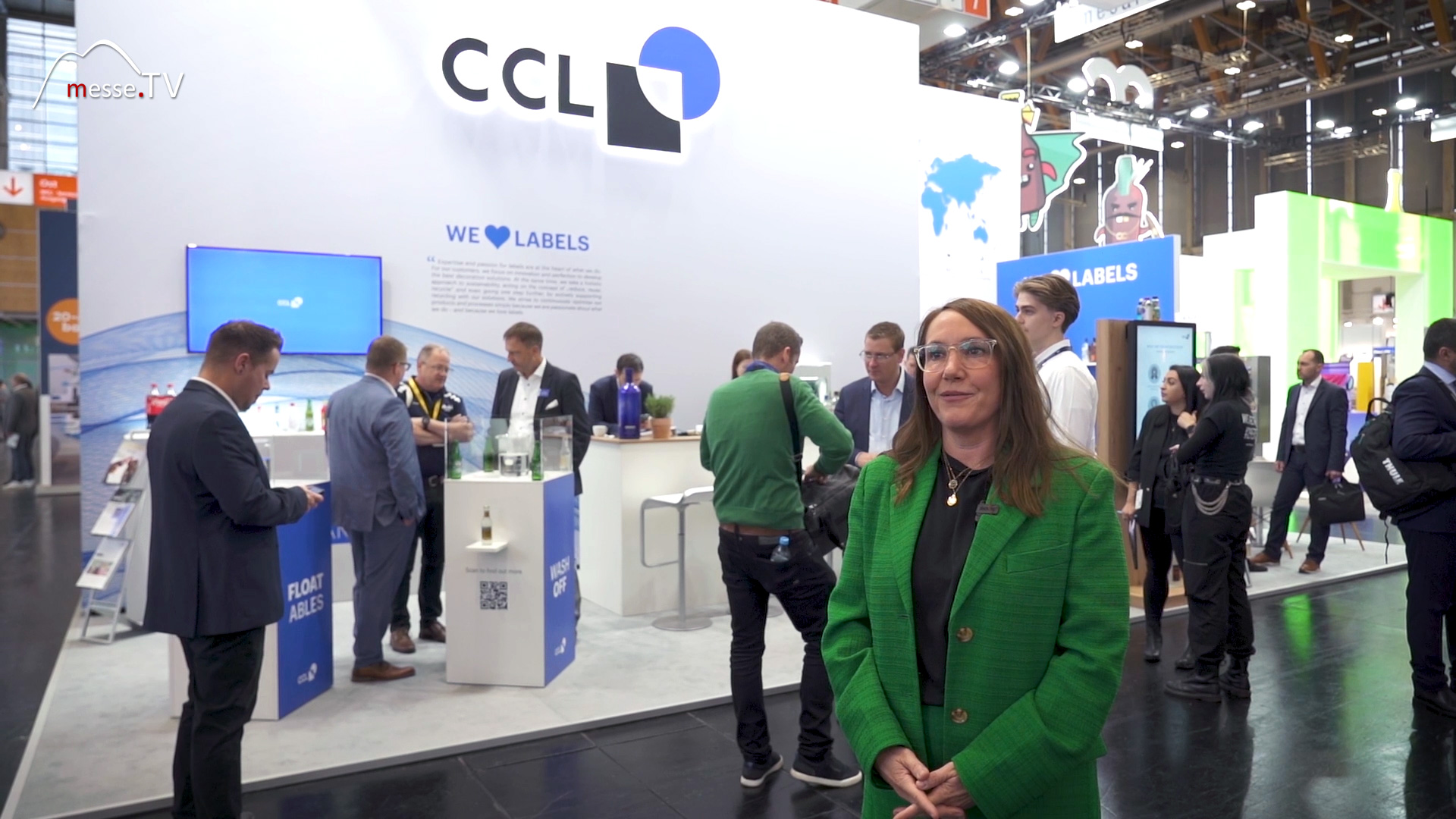
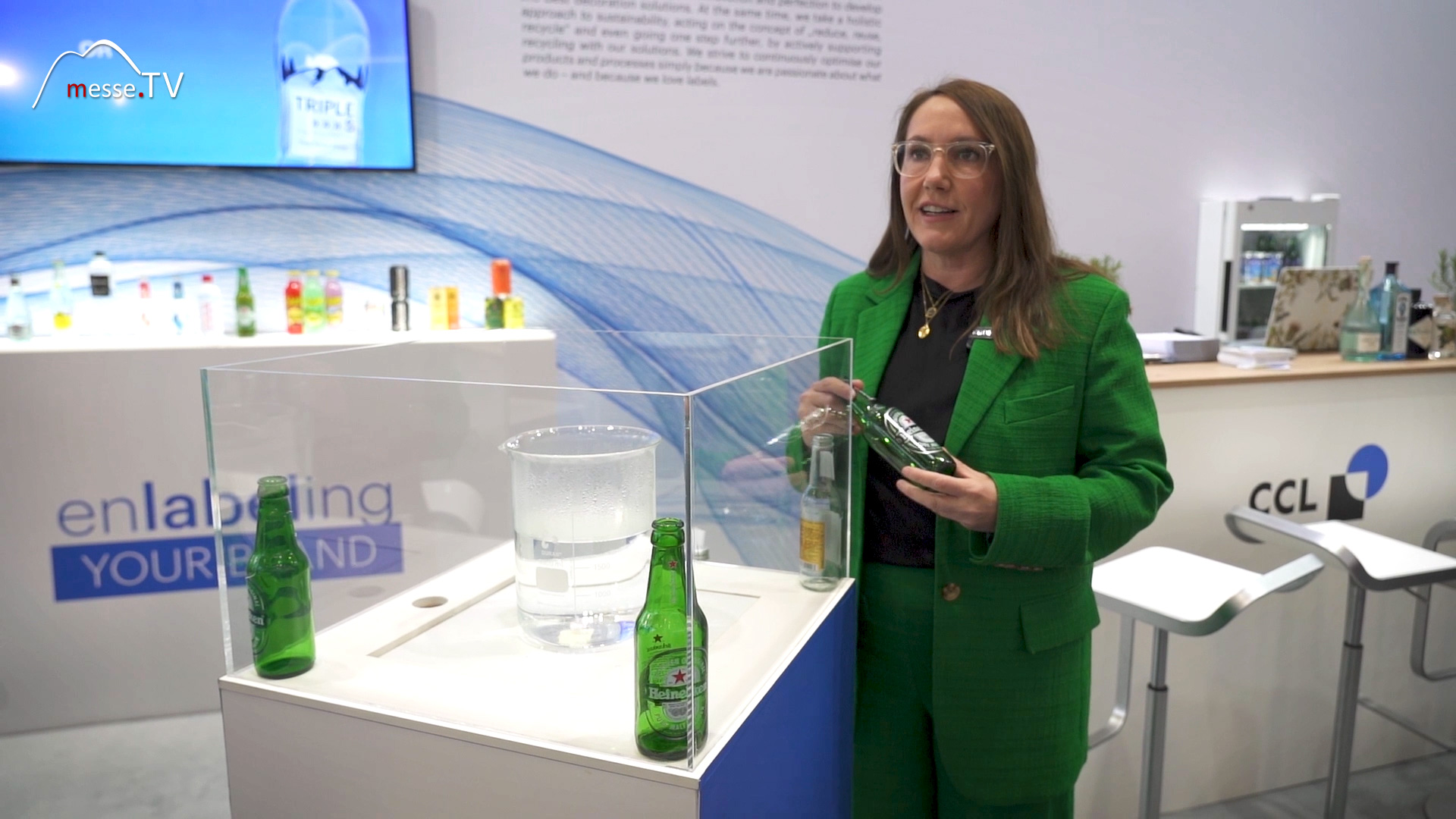
Due to the latest legislation in Europe, reusable bottles will play an even greater role. Reusable, known primarily in the area of glass bottles, can also work with rigid PET bottles. CCL Label has already been offering a solution for many years that increases the efficiency of the necessary removal of labels in the washing systems. Ms. Knorr will be demonstrating on site at the trade fair stand how effortlessly a built-in so-called "shrink" removes labels using high-tech. She simulates the process by immersing a labeled glass bottle in water heated to 75-80 degrees, the same temperature as in industrial washing systems. In an instant, the label shrinks, rolls up and pulls away from the bottle. The water remains clean and there is no contamination. This fast, efficient and clean method of label removal is ideal for all beverage producers and bottlers, as the wash water is not contaminated.
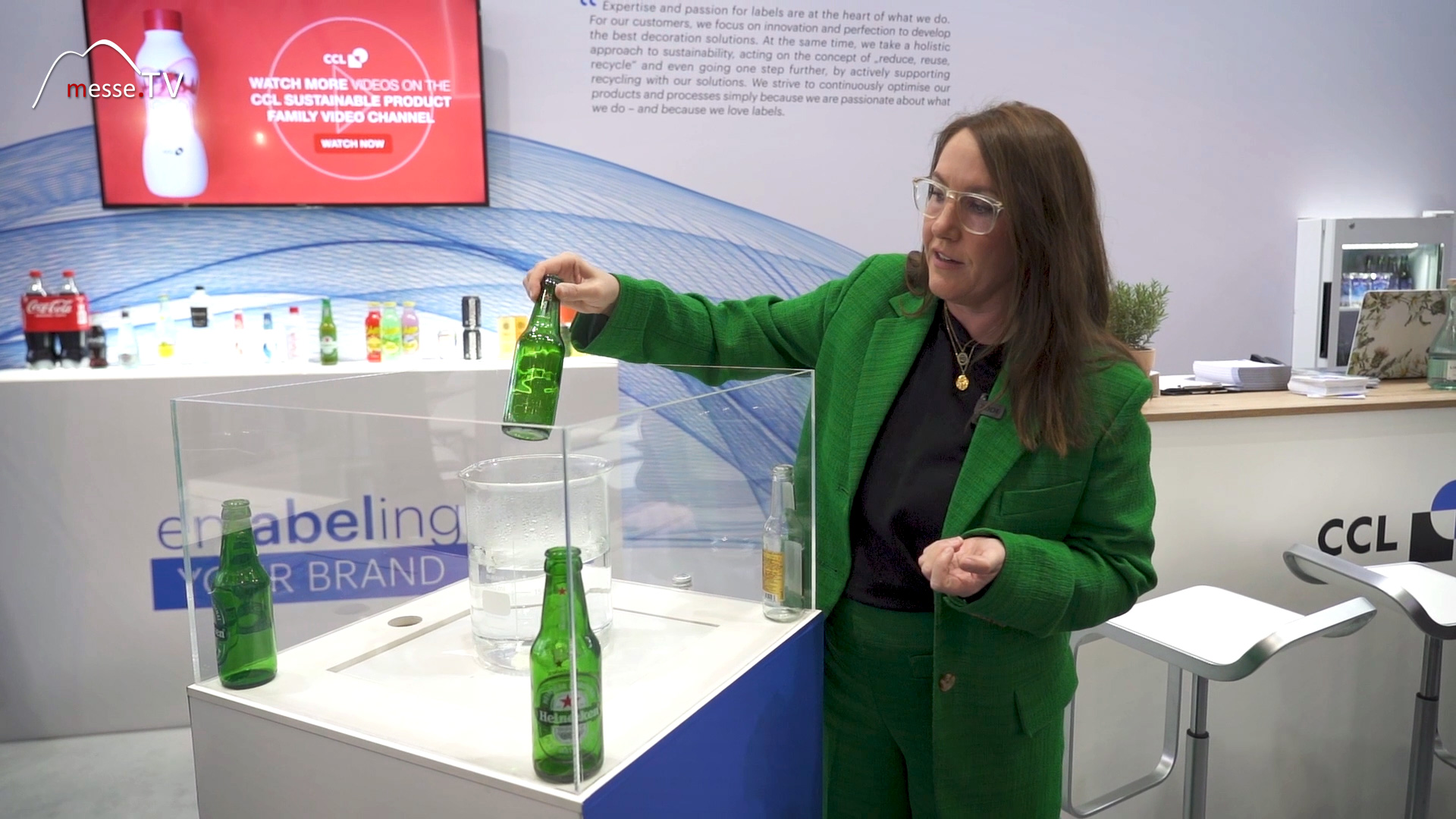
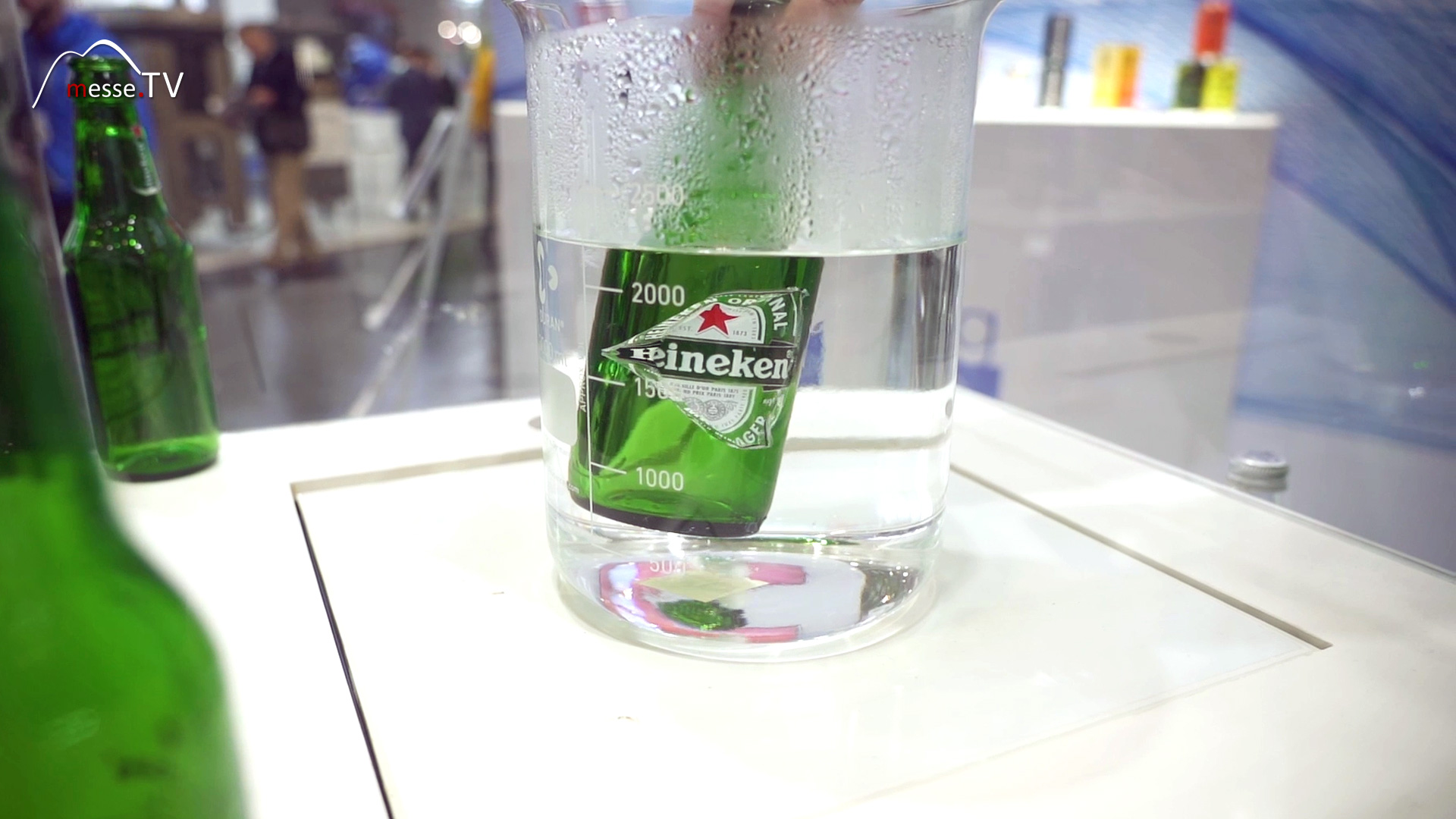
PET bottles can be found in large numbers in every household. The company CCL Label has also found a sustainable solution for removing labels from PET bottles. In order to use the right label for PET bottles, the recycling process for PET first had to be analyzed in detail. The process works according to the sink-float principle. After sorting, the bottle ends up in a shredder and is chopped into small pieces and placed in a large water basin. There, the individual materials separate, PET sinks to the bottom due to its higher density, while the label and cap material floats to the top. It is necessary to achieve a clean separation of the different densities so that the materials separate properly. The aim is to obtain clean PET flakes for reuse in the recycling process.
